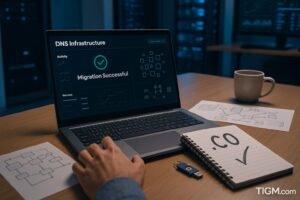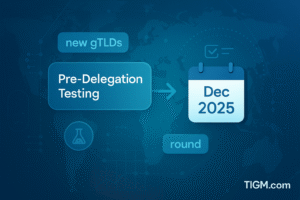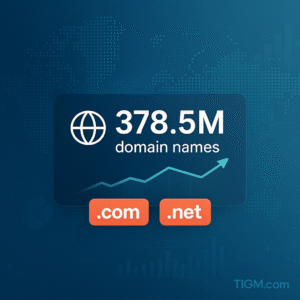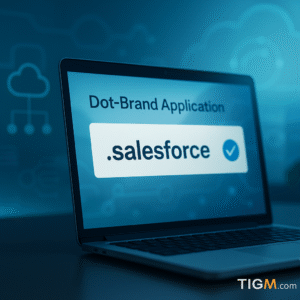The .ART registry is preparing to move over 1 million premium domains into its standard-price tier on 20 November, marking one of the largest single-day repricing events the domain industry has seen in years. For creators, startups, NFT communities, and domain investors, this is basically the “art world’s Cyber Monday” — except nobody has to elbow anyone in a checkout line.
The registry’s goal is clear: remove the barrier of premium renewals that have kept desirable .ART names trapped behind high annual costs, and make the extension widely accessible across the broader creative and digital ecosystem.
Why .ART Is Doing This Now
Premium-heavy namespaces often face a ceiling on adoption. Many creators love .ART as a brand container — but not enough to pay $150–$3,000 per year in renewals for names that work better as $20 experiments.
With generative AI, digital art, gallery-tech, and NFT identity projects exploding, .ART wants to position itself as the go-to namespace for creative brands rather than a luxury boutique extension.
The repricing aligns with three registry ambitions:
- Boost adoption among independent creators and small studios
- Increase liquidity on marketplaces like GoDaddy, Afternic, Sedo, and Spaceship
- Encourage Web3 and AI-art projects to choose .ART as their naming layer
Registries do premium reductions from time to time — but not at this scale.
What Types of Domains Will Drop?
The final list has not been officially published, but based on registry chatter and registrar prep work, the release is expected to include:
- Short creative words
- Two-word artistic brandables
- AI and generative-art terms
- Gallery and photography terms
- Web3 cultural phrases
- Startup-friendly brandables that previously had triple-digit renewals
The drop isn’t just about niche art keywords — it’s widely expected to contain thousands of versatile, non-art brandables that were held back purely because of premium pricing.
Impact on the Aftermarket
Expect a three-phase ripple once the repricing goes live.
1. The First-Hour Scramble
Bulk buyers and scripts will sweep up anything resembling a clean brandable. High-speed registrars may see instant spikes.
2. Renewals Become a Non-Issue
Once premium renewals collapse to standard pricing, end-users — not just investors — can afford to hold these names long-term. That usually leads to higher adoption six to twelve months later.
3. A Fresh Aftermarket Cycle
After repricing events, aftermarket volume typically rises as new owners list their standard-priced catches at accessible resale brackets.
Why Creators Care So Much
This repricing directly benefits:
- Digital artists launching personal sites
- NFT and generative-art projects building identity layers
- Galleries and curators wanting clean labels
- AI-tool founders looking for thematic brand names
Premium renewals have kept thousands of solid names locked away. Now, the extension may finally see its “real” adoption wave.
Registrars Already Bracing
Platforms like Namecheap, Dynadot, Porkbun, Spaceship, and GoDaddy are preparing backend updates so that pricing flips instantly on release. Some will likely promote “live availability windows,” while investor-heavy registrars may activate bulk-search tools geared specifically for the drop.
What Happens Next
TIGM will track:
- The official list once released
- First-day registration velocity
- High-value catches
- Early aftermarket flips on GoDaddy, Sedo, and Spaceship
- Creator adoption signals from Web3, AI, and gallery ecosystems
This repricing could redefine .ART’s trajectory. If even a small slice of these newly affordable names land with real creators, .ART could become one of the most culturally relevant gTLDs of 2026.








